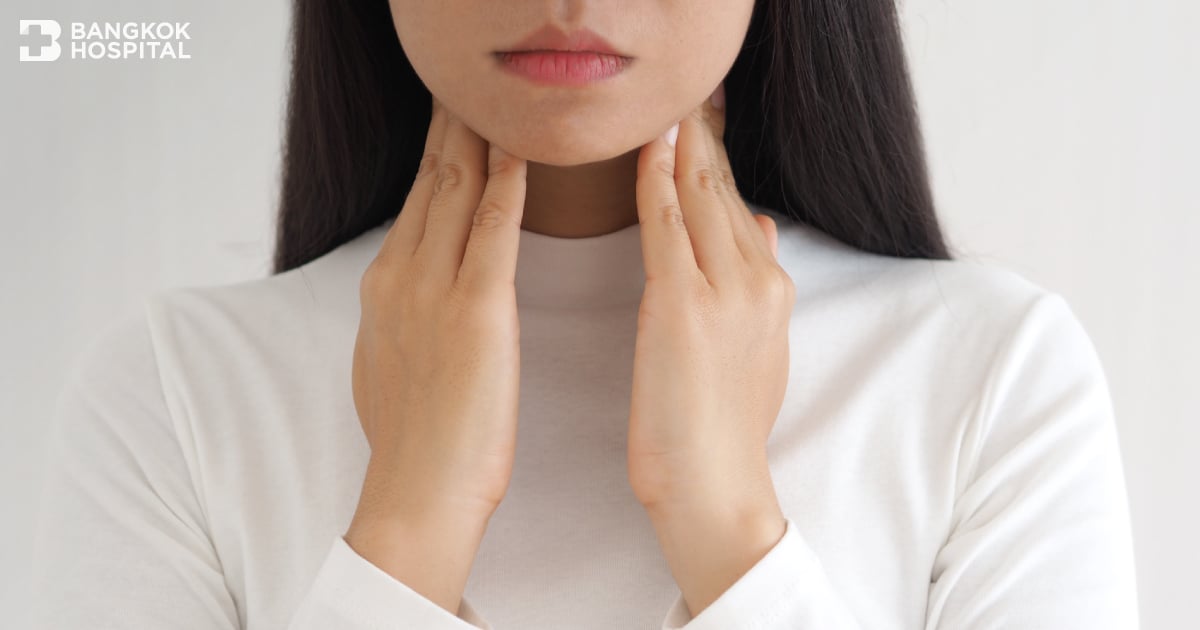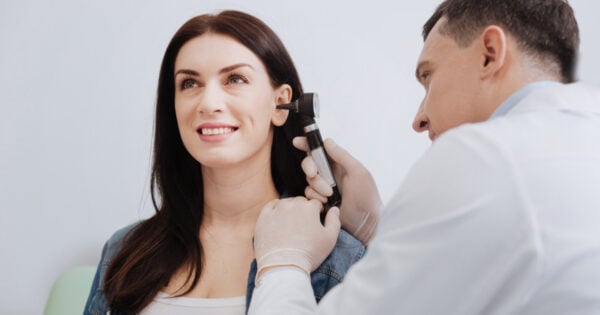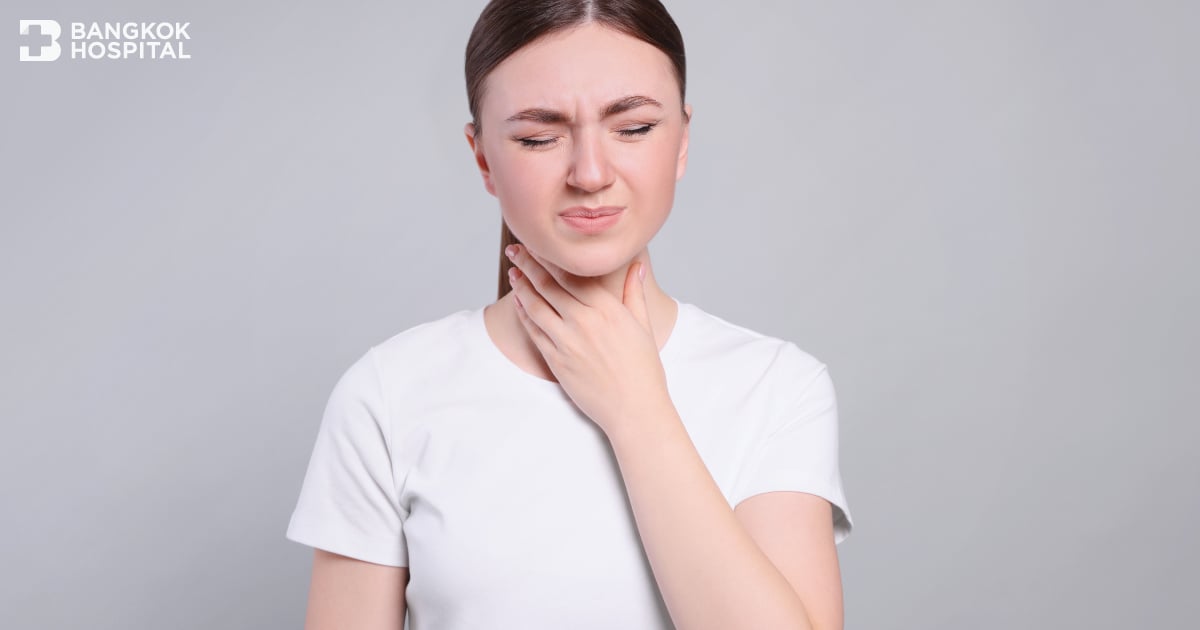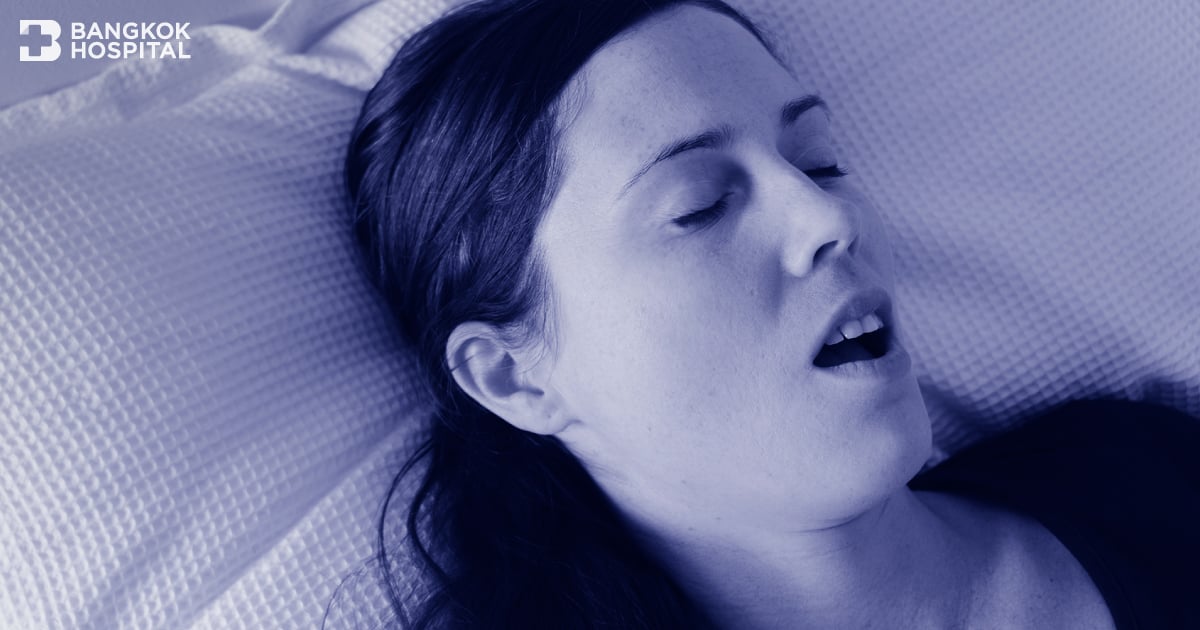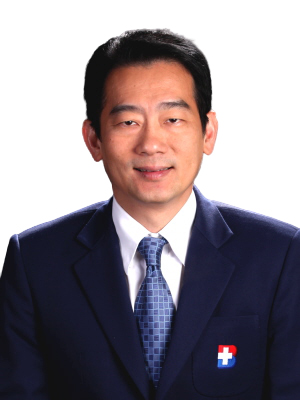Thyroid gland
The thyroid gland is a butterfly-shaped organ located in the base of your neck. It releases hormones that controls metabolism which is the way your body uses energy. Thyroid nodule is more common in women than men (4:1). While most thyroid nodules are non-cancerous (Benign), approximately 5-10% are cancerous.
Thyroid surgery can remove one-half or all of the thyroid gland. There are two types of thyroid surgeries. Open thyroid surgery or conventional open surgery which uses an incision to expose the entire thyroid gland and the surgeon is also able to remove the lymph nodes. On the other hand, transoral endoscopic thyroidectomy is a new surgical approach that leaves no scar. Using this technique, the surgeon will remove thyroid gland via the mouth.
Surgical treatment for thyroid nodule
Surgical treatment for thyroid nodule (non-cancerous) is indicated in:
- Cosmetic concern – the nodule is too big or fast growing
- The nodule is causing an obstruction – causing difficulty breathing or swallowing
If the reason for treatment is cosmetic concern, a patient will also have concern about surgical scar. As for Asians, visible scars, especially on the face or neck, are stigmatized. Therefore, this new innovative technique, transoral endoscopic thyroidectomy vestibular approach, is the way to hide the incisions.
Transoral endoscopic thyroidectomy vestibular approach
Transoral endoscopic thyroidectomy vestibular approach (TOETVA) is a new surgical technique for thyroid surgery that leaves no visible scar. In addition, the surgeon can perform the surgery conveniently by using an endoscope. This reduces pain, surgical time, and recovery time.
Indications for transoral endoscopic thyroidectomy vestibular approach
- The ultrasound shows that the size of the thyroid nodule is 4-6 cms
- Biopsy result – non-cancerous
- Patients have no history of head and neck surgery
- Patients have no history of neck irradiation
- Patients can tolerate general anesthesia
How to plan for the surgery and recovery
Surgery preparations
Planning for your concerns and having someone with you on admission may help in easing anxieties and keeping you calmer.
- History taking and laboratory test – complete blood count, urinalysis, chest x-ray, electrocardiogram, and other tests if necessary
- Shower before the surgery, remove contact lenses, jewelry, and denture
- Do not eat or drink at least 6 hours before the surgery. It is a precautionary measure to prevent pulmonary aspiration, which occurs when stomach contents enter the lungs, potentially blocking airflow and putting patients at risk of serious infections. Thyroid surgery should not be performed if the patient has a cold or respiratory infection.
Post-operative care
- There will be a gauze pad placed under the chin for keeping pressure on the surgical site to prevent bleeding. You can remove the gauze pad after 2 days.
- You may experience discomfort with swallowing or a change in voice. This will gradually disappear in a week.
- You will receive an antibiotic drug and should take all your medications. You can also take pain relief medications such as paracetamol when needed. You will have an intravenous line to give you fluids and it will be removed after you can eat and drink.
- Avoid coughing too hard, strenuous activities, and heavy lifting.
- Take soft diet such as boiled rice and congee. Avoid hard and spicy food for at least 1 week.
- The next step is waiting for pathology report which should be available in 3-5 days.
Chat with Us

